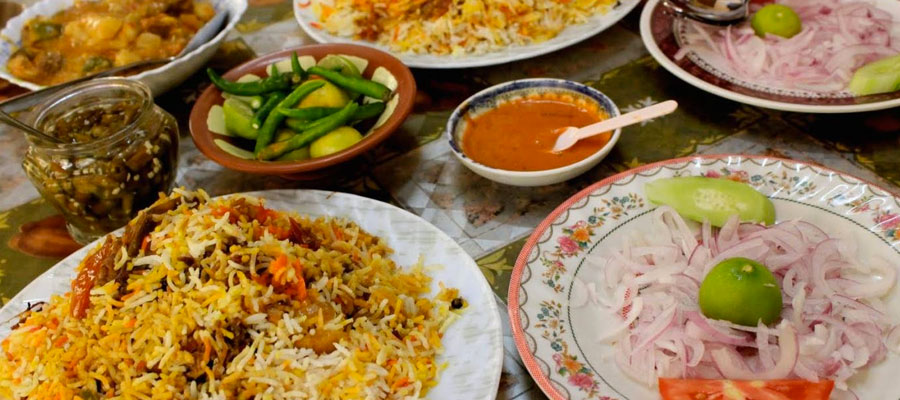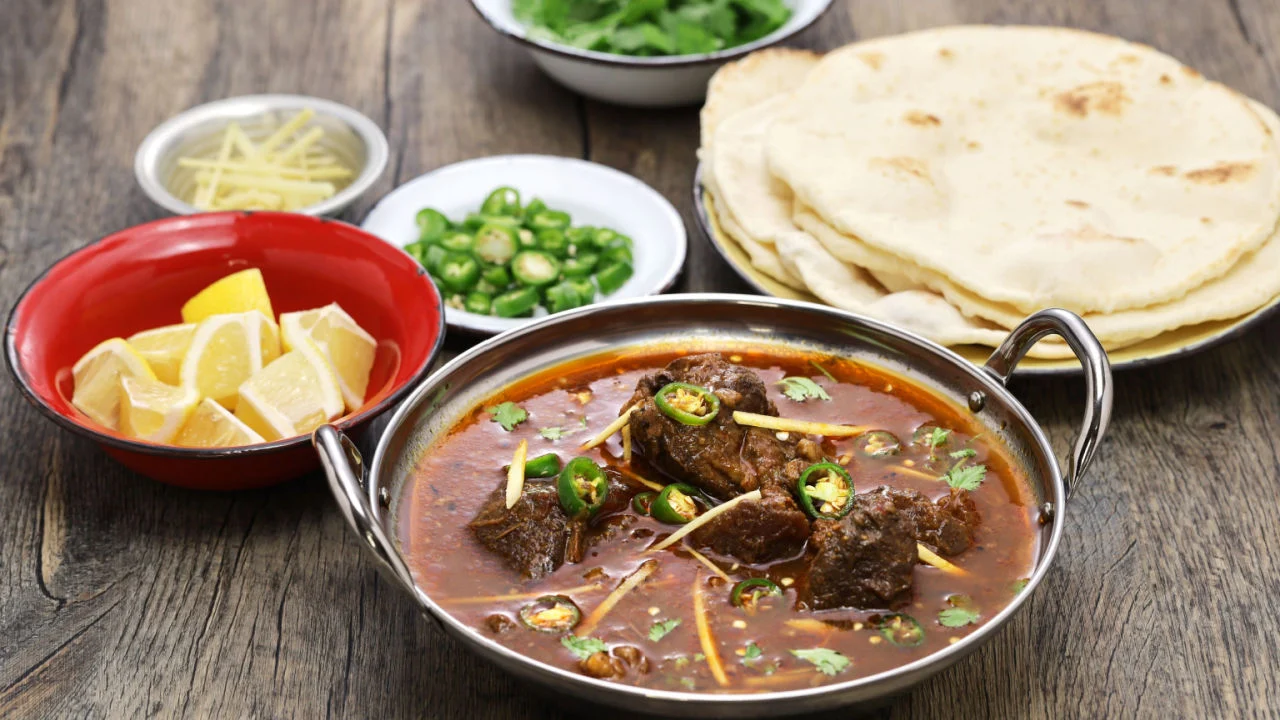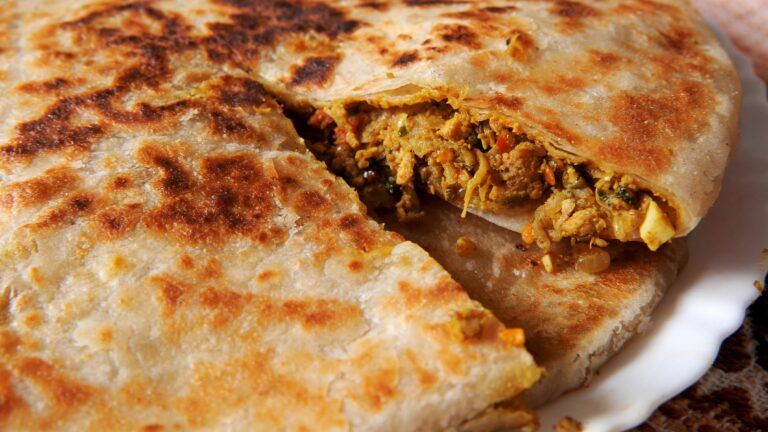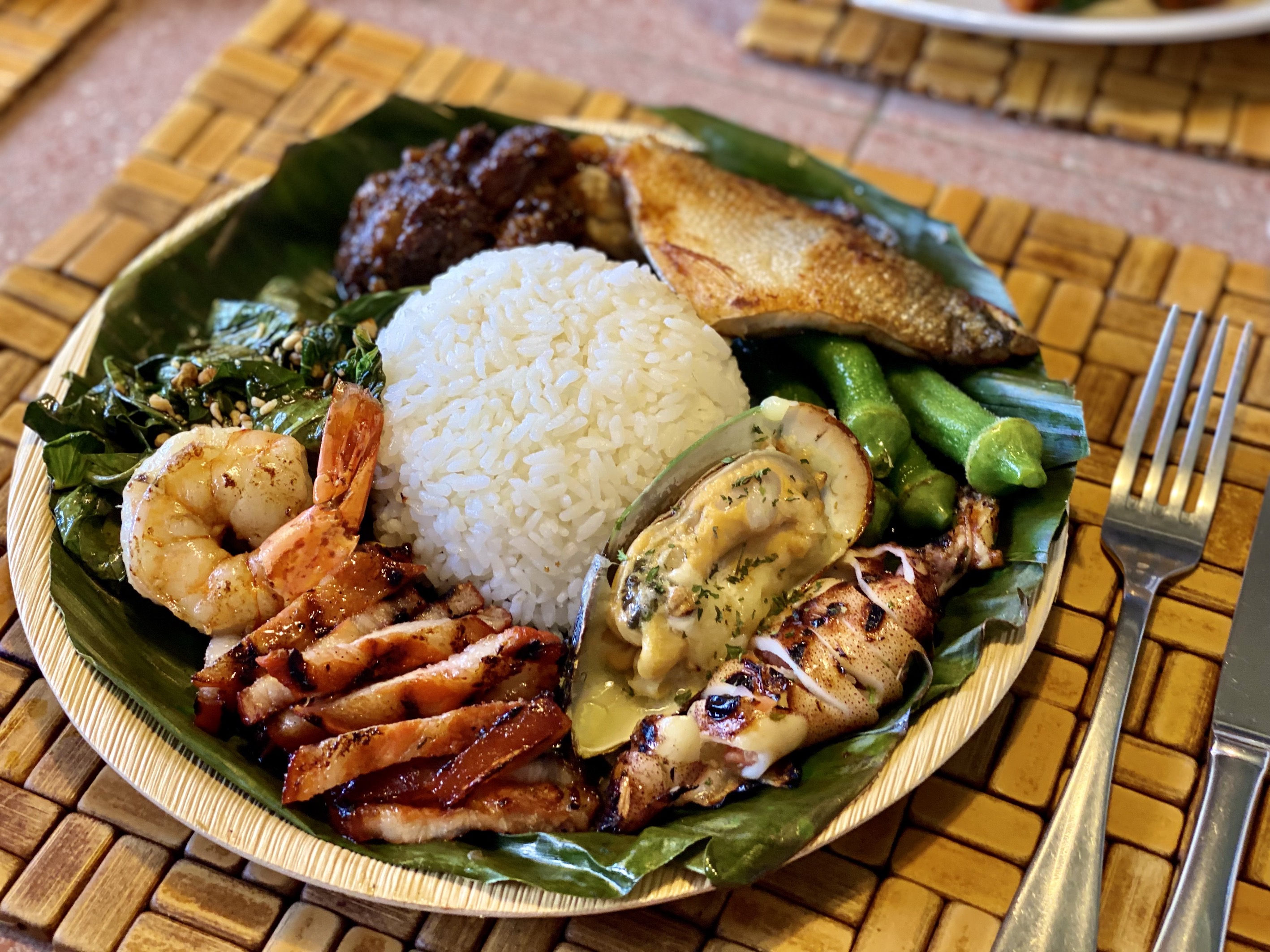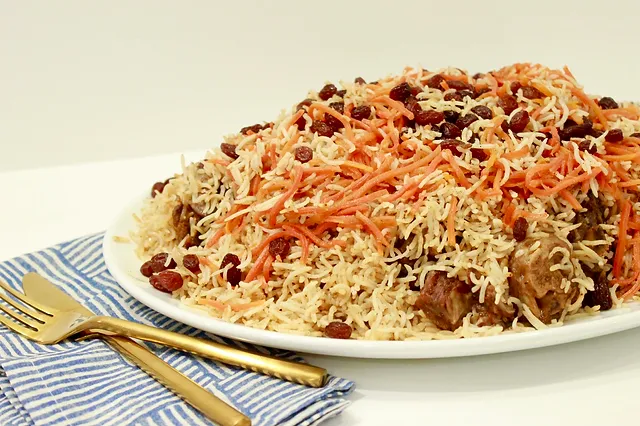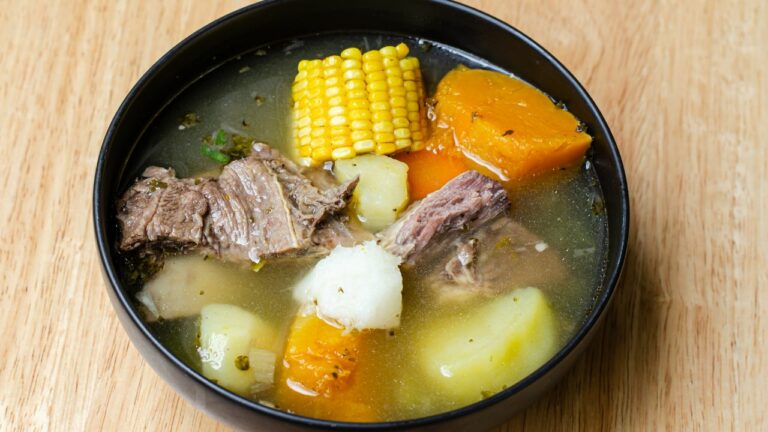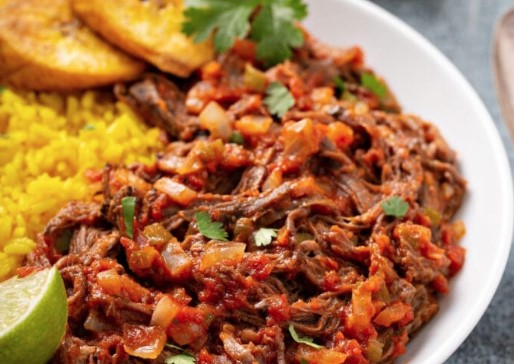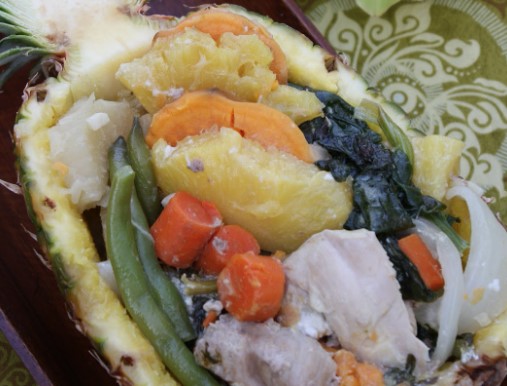Introduction to Omani soups and stews
Oman is a beautiful country located in the Middle East, and its cuisine is a reflection of the diverse cultures that have shaped the region over time. Omani soups and stews are an integral part of their cuisine, enjoyed by both locals and tourists alike. They come in various flavors, textures, and ingredients, making them a must-try for anyone visiting the country.
Staple ingredients in Omani cuisine
Omani cuisine is primarily centered around rice, meat, and fish. Rice is a staple for Omani cuisine, and it is commonly served with soups and stews. Another essential ingredient in Omani cuisine is dates. Dates are not only used to make sweet dishes but are also used in savory ones such as stews. Lentils and chickpeas are also commonly used, and they provide a good source of protein and fiber.
Meat used in Omani soups and stews
Meat is a crucial ingredient in Omani soups and stews, and lamb is the most commonly used meat. Goat meat and chicken are also used, but lamb is the most preferred. The lamb is usually cooked slowly, making it tender and flavorful. Some stews use fish, and this is common in coastal areas where fishing is a significant industry.
Vegetables commonly found in Omani dishes
Vegetables are an essential part of Omani cuisine, and they are commonly used in soups and stews. Tomatoes, onions, carrots, and potatoes are the most commonly used vegetables in Omani dishes. These vegetables provide the necessary nutrients and add flavor and texture to the dish.
Herbs and spices used to flavor the soups and stews
Omani soups and stews are known for their vibrant and rich flavors, and this is largely attributed to the herbs and spices used. Cumin, coriander, turmeric, cinnamon, and cardamom are the most commonly used spices. These spices not only add flavor but also provide health benefits such as anti-inflammatory and anti-bacterial properties.
Unique ingredients in Omani soups and stews
Oman has a unique blend of cultures, and this is reflected in their cuisine. Ingredients such as rose water, saffron, and frankincense are used to flavor soups and stews. These ingredients add a unique flavor and aroma to the dish, making it stand out from other Middle Eastern dishes.
In conclusion, Omani soups and stews are a must-try for anyone visiting the country. The cuisine is a blend of various cultures, and this is reflected in the diverse ingredients used. From staple ingredients like rice and meat to unique ingredients like frankincense, Omani soups and stews are sure to tantalize your taste buds.

